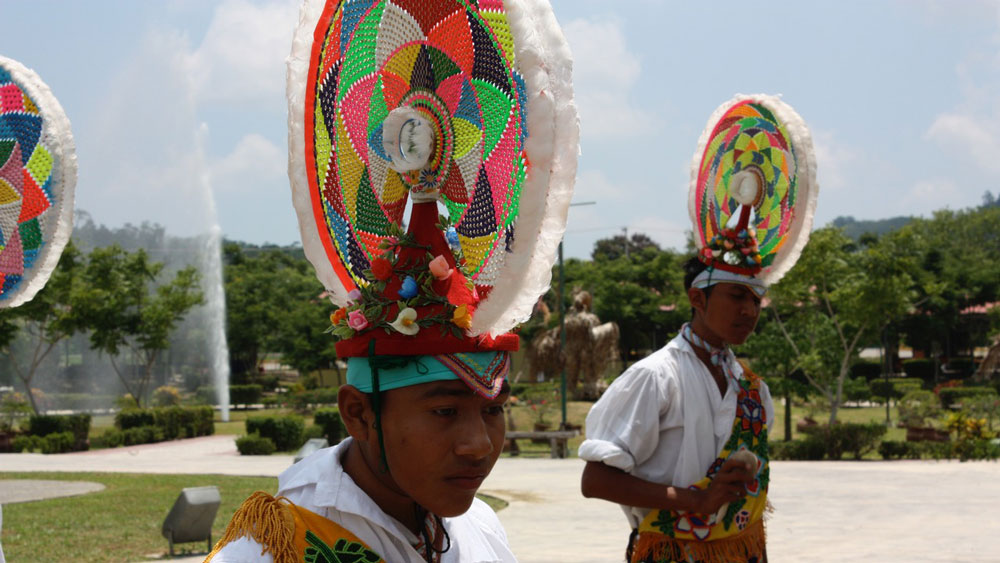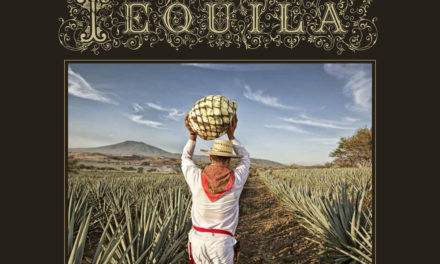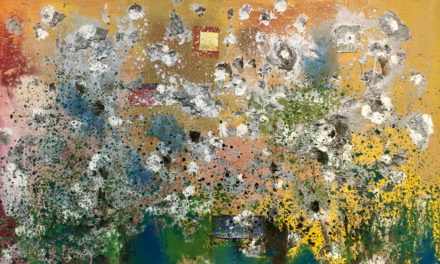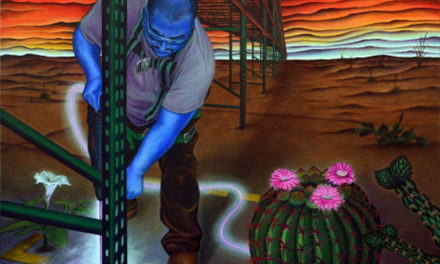Only two Mexican festivals, Dia de los Muertos [Day of the Dead] and Voladores de Papantla [flyers of Papantla] have been recognized by UNESCO as a World Heritage event. The Ritual Ceremony of the Voladores of Papantla received this recognition as an Intangible Cultural Heritage [ICH] category from UNESCO in 2009.
Before 1970, the voladores seldom performed in the United States. An exception in that era was in 1968 when a team of these highly skilled flyers came to Texas. The Voladores de Papantla performed at the HemisFair68 in San Antonio for several weeks in the summer of 1968.
The Danza de los Voladores, as it is known in Mexico, is an ancient Mesoamerican ritual with origins linked to the Huastec, Nahua, and Otomi people in central Mexico. Spanish colonizers witnessed and documented this practice in the mid-1500s.
A Totonac myth dating back nearly five hundred years attributes the origin of the Voladores as a symbolic effort to appease the Gods. A severe drought devastated corn crops of Mexico’s Central and Coastal communities in the 1500s. To gain favor with the Gods, Totonac priests ordered the construction of a ceremonial pole that would reach up to the skies. The daring dance and human flight would make the Gods take notice and lead to what they hoped would bring an end to the drought.
Today, the ritual begins with a dance to the beat of a drum and flute by five participating voladores. Next, the voladores climb an 85-foot pole and tie a rope around their waists as they prepare to sail into the air like birds. Their corporal stands on top of the pole playing the flute. He dedicates songs to the sun, the four winds, and each of the cardinal directions. As the corporal plays, the voladores attached to the pole by ropes throw themselves outward with their arms wide open as they spin around the pole 13 times. The combined spinning amounts to 52 turns [4 x 13], the exact cycle of the Mesoamerican calendar.
A UNESCO description explained that “Every variant of the dance brings to life the myth of the birth of the universe so that the ritual ceremony of the Voladores expresses the worldview and values of the community, facilitates communication with the gods, and invites prosperity.” These worldviews are included in the curriculum of the students studying to become voladores at the Escuela de Ninos Voladores. Many of the young students come from the nearby community of El Tajin.
Several years ago my wife Harriett and I joined Robert McKinley, Associate Vice President of Economic Development at UTSA at the time, in a visit to the famous training program of the Volodores de Papantla in the Totonac indigenous community in the eastern Mexican state of Veracruz. A requirement for UNESCO recognition is the submission of a regional plan for the preservation, promotion, and development of cultural heritage. Mexico submitted a plan to honor the Volador tradition in Veracruz and other parts of Mexico. We met with the Chief of the Totonacs, the instructors, young students, and the performers in Veracruz. The spectacular Voladores de Papantla ceremony is certainly one of the finest cultural heritage celebrations that we have seen in Mexico.
The Mexican Tradition of Voladores












